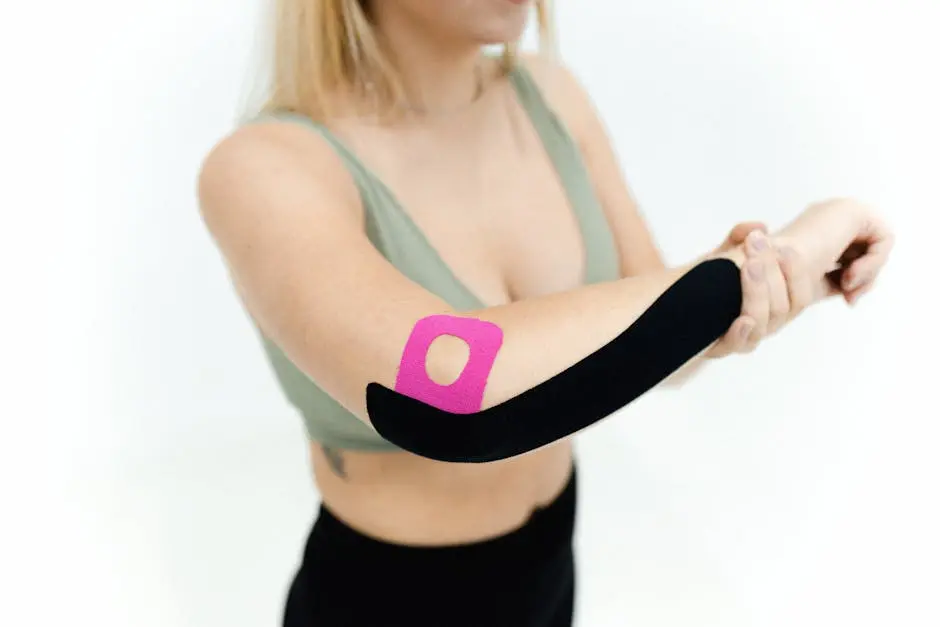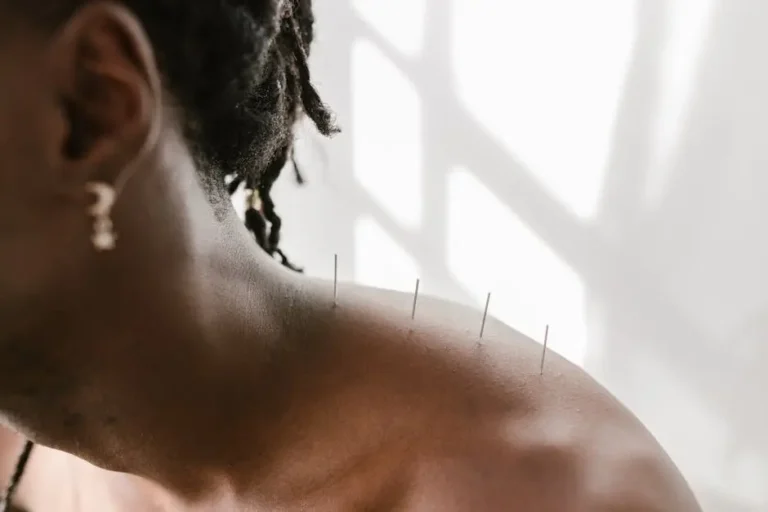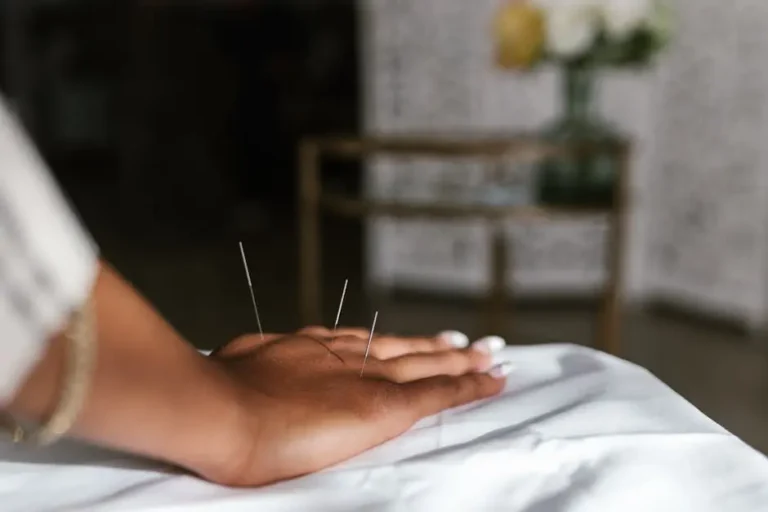Combining Dry Needling with Traditional Sports Medicine in California
In recent years, dry needling has emerged as a popular technique among athletes and sports medicine practitioners. Known for its potential to quickly relieve muscle tension and pain, dry needling is frequently paired with traditional sports medicine methods to enhance recovery and performance. In this blog, we’ll explore how these two approaches are being combined in California to benefit athletes across various sports.
Understanding Dry Needling and Its Benefits
Dry needling is a technique that involves inserting thin needles into muscle trigger points to release tension and alleviate pain. It’s praised for promoting faster recovery and improved mobility, making it a valuable tool for athletes.
Unlike acupuncture, which is rooted in traditional Chinese medicine, dry needling is based on modern Western medicine techniques aimed at treating musculoskeletal pain. The primary goal of dry needling is to address neuromuscular conditions, while also potentially enhancing mobility and reducing muscular pain. Many athletes find it an essential part of their sports therapy toolkit, appreciating its targeted approach to mitigating soreness and tension before and after intense physical exertion.
Traditional Sports Medicine Techniques
Conventional sports medicine encompasses a range of treatments, including physical therapy, massage, and chiropractic care. These methods focus on preventing injuries, improving performance, and facilitating recovery processes.
Physical therapy involves customized exercises designed to strengthen muscles and improve flexibility, thereby reducing the risk of injury. Massage therapy, on the other hand, enhances blood circulation and accelerates muscle repair after intense workouts. Chiropractic care is often used to correct alignment issues, improving overall posture and reducing strain on muscles and joints. These traditional practices have stood the test of time and remain pivotal in sports injury prevention and rehabilitation.
The advent of technology has also introduced sophisticated imaging techniques and diagnostic tools that help practitioners provide precise treatment plans tailored to each athlete’s needs. By combining these technological advances with hands-on therapy, sports medicine professionals in California can offer comprehensive care that addresses both immediate injuries and long-term physical health.
How Dry Needling Complements Sports Medicine
When combined with sports medicine, dry needling can enhance treatment outcomes. It can quickly target and relieve acute pain, allowing athletes to benefit more from complementary therapies such as physical rehabilitation.
The synergy between dry needling and other sports medicine techniques lies in its ability to prepare the body for more effective healing. For example, by reducing muscle stiffness and increasing blood flow through dry needling, athletes can achieve better results from subsequent physical therapy sessions. This preparatory effect maximizes the benefits of sports treatments, accelerating recovery and facilitating a quicker return to peak performance levels.
Case Studies: Success Stories in California
Numerous athletes in California have experienced positive results from integrating dry needling into their regular sports medicine routines. Success stories range from improved recovery times to enhanced performance on the field.
Consider the case of a local long-distance runner who had been struggling with chronic hamstring pain. After incorporating dry needling with traditional physical therapy, not only did her pain diminish, but her running efficiency also improved. This enabled her to train more intensively and achieve personal bests in her subsequent races. Similar outcomes have been reported across various sports, demonstrating the wide applicability of this combined treatment approach.
Another example is a collegiate basketball player who faced recurrent ankle sprains. By combining dry needling with chiropractic adjustments, he was able to stabilize his condition and return to competitive play with improved confidence and agility. These cases underscore the potential of integrating modern and traditional medicine practices for comprehensive athlete care.
Integrating Dry Needling into Your Training Regimen
If you’re considering adding dry needling to your regimen, consult with a qualified practitioner who specializes in both dry needling and sports medicine. Personalized treatment can maximize benefits and optimize athletic outcomes.
It’s important to ensure that your practitioner is experienced and certified to perform dry needling safely and effectively. Initial consultations often focus on evaluating your individual needs and determining how dry needling can best be integrated with your existing sports medicine practices. Starting with a conservative approach, practitioners can adjust treatment intensity based on your body’s response and recovery goals.
A Synergistic Approach to Athlete Care
The combination of dry needling and traditional sports medicine offers a unique and effective approach to athlete care in California. By integrating these methods, practitioners can address both immediate and long-term issues, enhancing athletic performance and recovery. As awareness and understanding of dry needling grow, we can expect to see even more innovative applications alongside conventional sports medicine practices. Discover how you can integrate these techniques into your training regimen by visiting our homepage.






